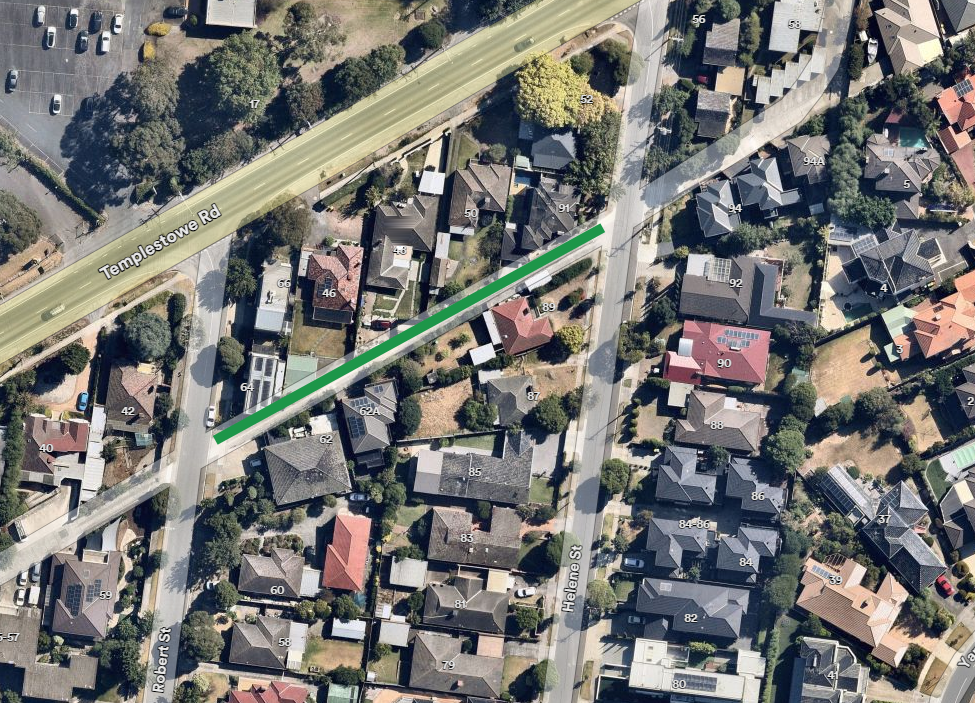The ATSB investigation into an Airbus EC130 helicopter accident on Mount Disappointment highlights that the effective management of the risk of inadvertent entry into instrument meteorological conditions (IMC) relies on multiple layers of controls.
The helicopter was one of two EC130s, operated by Microflite, which had departed a helipad at Melbourne’s Batman Park bound for Ulupna in Victoria’s north, on 31 March 2022. The pilots of both helicopters were operating under the visual flight rules (VFR) – regulations that permit a pilot to operate an aircraft only in weather conditions clear enough to allow the pilot to see where the aircraft is going – but had planned and commenced a route for which instrument meteorological conditions were present.
The pilots continued the flight as conditions deteriorated until a rapid change of course was required to avoid entering cloud.
“During the attempted U-turn without visual cues the second helicopter developed a high rate of descent, resulting in the collision with terrain,” said ATSB Chief Commissioner Angus Mitchell.
“Unfortunately, the pilot had no instrument flying experience, and the helicopter was not equipped with any form of artificial stabilisation, albeit neither of which are required for VFR flying.”
All five occupants of the helicopter were fatally injured in the accident.
Mr Mitchell noted that whilst not required by regulations the helicopter operator had not incorporated several available risk controls for their day VFR pilots to mitigate against inadvertent entry into IMC.
“These risk controls may have included inadvertent IMC recovery training and basic instrument flying competency checks during operator proficiency checks.”
The operator had also not introduced an inadvertent IMC recovery procedure for their air transport operations, or a pre-flight risk assessment to trigger an escalation process for marginal weather conditions identified at the pre-flight planning stage.
The investigation report notes that the operator had identified poor weather conditions as a risk, but its management of that risk was limited to the mandated regulatory requirements, and it did not consider ways to enhance pilot recovery from an inadvertent IMC event.
The Civil Aviation Safety Regulations for rotorcraft air transport (Part 133) only require the risk of a VFR inadvertent IMC event to be managed through avoidance.
“While avoidance of inadvertent IMC is important, it is not always assured, and Part 133 does not address the risk of recovery from an inadvertent IMC entry event.”
Mr Mitchell said the ATSB encourages all pilots to develop the knowledge and skills required to manage the risk of inadvertent IMC.
“Decision-making in marginal weather conditions can be supported with the use of a pre-flight risk assessment tool,” he said.
At an organisational level, the risk of helicopter inadvertent IMC should be considered within the context of a company’s operations.
“The effective management of this risk relies on multiple layers of controls to reduce the risk of single point-of-failure accidents.”
This includes training and procedures for both avoidance and recovery, which can be enhanced with equipment, such as autopilots to reduce the risk of loss of control, and terrain awareness and warning systems to reduce the risk of controlled flight into terrain.
Mr Mitchell acknowledged the operator had taken a number of actions as a result of the accident including introducing basic instrument flying training and inadvertent IMC recovery training; updating their proficiency check syllabus to include knowledge and practical skills checks for avoiding and recovering from inadvertent IMC; and upgrading the avionics systems on its helicopter fleet to incorporate synthetic vision, a terrain alerting functionality, and, where available, an autopilot.
The ATSB has also recommended that CASA take further safety action to address the risk of inadvertent IMC events in Part 133 helicopter passenger operations.
You can find here the report: VFR into IMC, loss of control and collision with terrain involving Airbus Helicopters EC130 T2, VH-XWD, near Mount Disappointment, Victoria, on 31 March 2022







